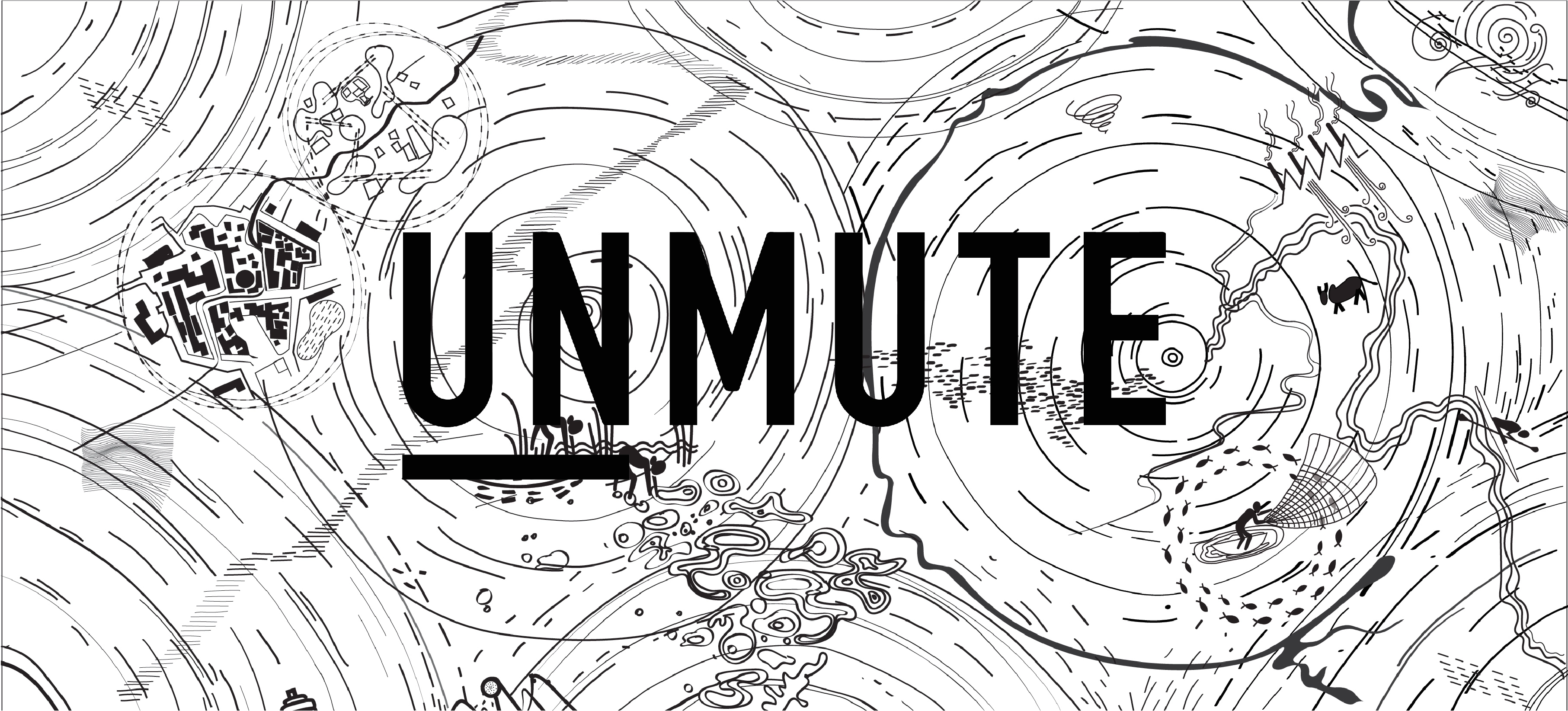Publications

A cornerstone of our practice's engagement with independent publications, Unmute stands as an annual print journal dedicated to curating content around the contemporary architectural discourse of our time. Each edition is meticulously crafted around a thematic focus, explored in-depth through our renowned Friday Night Conversations (FNC) series.
Published independently by Compartment S4, Unmute serves as a dynamic platform for creators from diverse backgrounds to contribute their unique perspectives. We invite submissions of articles, essays, photo stories, illustrations, and more, offering a space for creators to express their ideas, observations, and thought constructs in relation to our pre-selected theme.Our commitment to fostering dialogue and exploration within the architectural community is exemplified through our FNC events. These public forums serve as a space for robust discussions, enriching our understanding of the chosen theme and its implications for contemporary architecture.
Join us in shaping the discourse of our time. Submit your work, engage in conversation, and together, let's amplify the voices that shape our architectural landscape.
#4 The States of Water
Water is a complex subject with myriad relationships to people, place, and the environment. Through this issue of Unmute, we want to open out the various ways of thinking about water and the city. Water can thus be thought about as an engineering system to be managed, a sociologically driven resource, a source of livelihood, a vantage point in the city, a conservation practice and eventually as a life-supporting resource driving design. What are the many ways, we can think of water and its potential to propel new ways of designing our cities at different scales?
Contributors
Sarath Menon
Anoushka Mukherjee
Hrishikesh Chowdhury
Anirudh Govind
Maitri Shah
Aditi Subramanian
Jhanavi Parikh
Nimitt Karia
Aishani Goswami
Ambreen Massey
Elangkumaran S
Stuti Sohni Dalal
Shail Bajaria
Majid Abidi
Ujjvala Krishna
#3 Songs Of Participation
As design professionals, understanding people, communities and their idiosyncrasies is pivotal when designing for a large number of stakeholders and when the impact of intervention has the potential for a larger repercussion in the community. Designers develop their own ways of understanding and interpreting context. ‘Participation’ is a design tool, which when explored, acts as a means of bridging gaps and rendering a more nuanced relevance to the process as well as its outcome. Participation opens up a range of avenues of negotiating with the context beyond built outcomes. The designer eventually diversifies her/his role to include other modes of engagement that can make the design richer. As one begins to inquire like an anthropologist, raise their voice like an activist and envision systems like a planner, they realise the impact it can create on the design and the way it is perceived and received by people.
Various ways of employing participation as a design tool, lead to varied outcomes of intervention. The mere act of building along with the intent of a prolonged participation with stakeholders, can reinforce a multi-faceted development. Participation as a design tool, has the ability to impact at the small scale of designing a detail as well as at the larger scale of strategic planning and development.
Is there a possibility for a building project to then extend, to engage the people in long-term skill development initiatives? Can a project result in a sense of community awareness to reinforce and conserve cultural identity? Can a systemic approach towards the development of a context, define a public intervention?
Processes, stories, data, skill, activism - all form a part of participation and lend to the approach in an integrated manner. With this Issue of Unmute, we aim to explore the many ways of practicing participatory design and the various meanings it attaches to the intervention. Compartment S4 invites various thinkers to ruminate, collect, document and present these methods or experiences in forms of photostories, illustrations, essays and the likes, to recognise various associations individuals attach to the practice of ‘participatory design’.
#2 Housing Nitty Gritties - Ideas
Through this publication, we collate ideas on housing from different professionals to bring them on a common platform, so that each one is encouraged to understand the other’s idiosyncrasy. We hope this behaves as a trigger to re-think the way housing is approached, extending each players’ role beyond what is assumed as their limited scope of work.
#1 Housing Nitty Gritties - Narratives
Through the publication we forage into peoples’ aspirations, memories or even realities, which shape their idea of living in a house. The narratives expressed in essays and illustrations, throw light on the user in housing and importance of thinking of nitty-gritties or smaller details in housing which gather multitude of meanings in a home. The variety of perspectives collated in the publication urges a re-thinking and possibility to break from the current limitations in housing design, by evoking an imagination in the elements of a house.
The States of Water
Water is a complex subject with myriad relationships to people, place, and the environment. Through this issue of Unmute, we want to open out the various ways of thinking about water and the city. Water can thus be thought about as an engineering system to be managed, a sociologically driven resource, a source of livelihood, a vantage point in the city, a conservation practice and eventually as a life-supporting resource driving design. What are the many ways, we can think of water and its potential to propel new ways of designing our cities at different scales?
Contributors
Sarath Menon
Anoushka Mukherjee
Hrishikesh Chowdhury
Anirudh Govind
Maitri Shah
Aditi Subramanian
Jhanavi Parikh
Nimitt Karia
Aishani Goswami
Ambreen Massey
Elangkumaran S
Stuti Sohni Dalal
Shail Bajaria
Majid Abidi
Ujjvala Krishna
